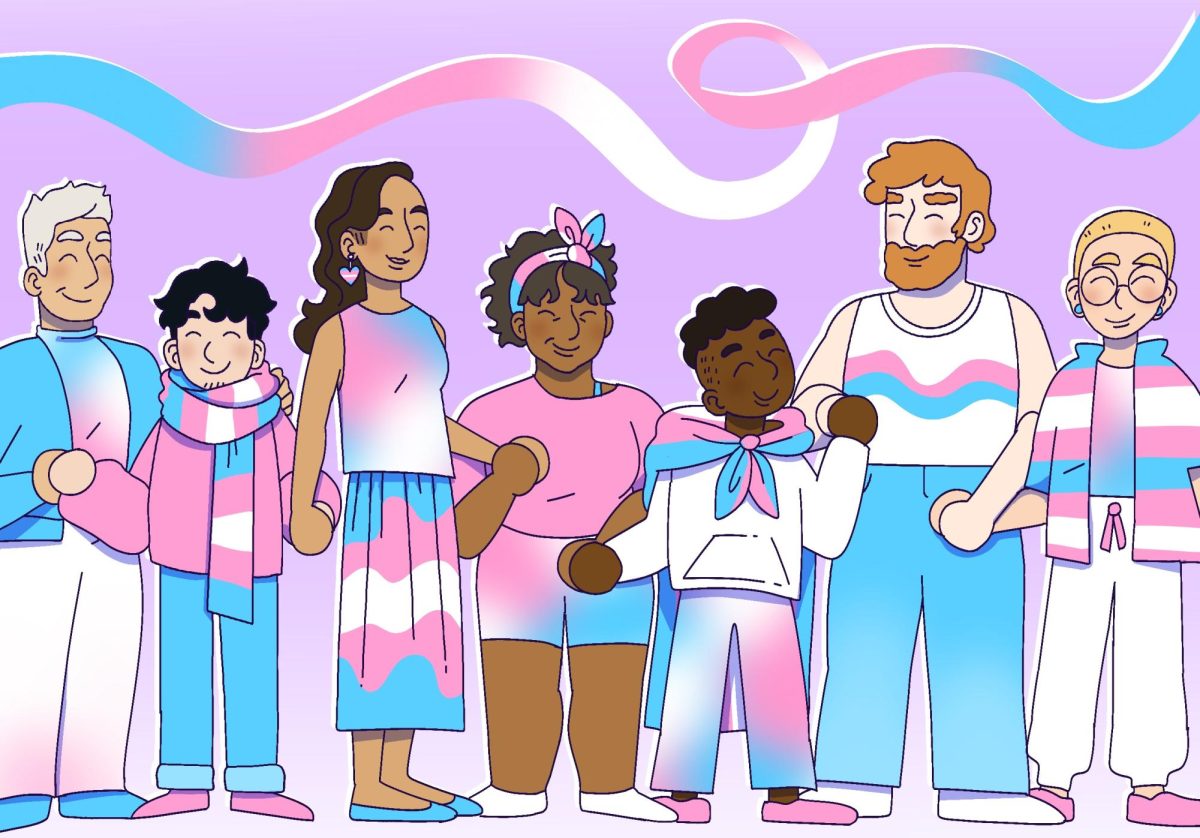It’s everyone’s nightmare to be diagnosed with a disease. But imagine being diagnosed with a rare disease, one for which there is no proven cure or little medical research about. Imagine the person afflicted with this disease is a child. This is just the situation two families are dealing with, one in New York, the other in Kentucky. The two families’ response under such circumstances has been inspiring.
When Caren and Dan Mahar of New York learned their daughter Katie had been afflicted with xeroderma pigmentosum, they didn’t know where to turn. Individuals with XP must avoid the sun and bright lights because their bodies do not have the ability to repair skin exposed to ultraviolet rays. So what would be normal exposure to sunlight for anyone else can be catastrophic for a person with XP. The odds of an XP patient getting cancer are great if exposed to ultraviolet light. They must therefore adjust their lifestyle to this condition by staying indoors during daylight hours. While indoors, special window shades and low-wattage lights are necessary for XP sufferers. At least 150 people in the United States and 3,000 people worldwide are afflicted with this disease. There is no known cure.
In 1995, the Mahars founded the XP Society (www.xps.org) to help patients and families dealing with the disease. The society supports medical research for finding a cure as well as providing information to XP patients. The biggest single act of the XP Society is its Camp Sundown, where patients and their families gather twice a year. The hours of the camp are structured so all activities are at night when it is safe for XP patients to be outside.
This October, Camp Sundown was canceled, however, as the XP Society offered its facilities for the housing of Hurricane Katrina victims. Without a dime of federal funding, the XP Society has waged a sustained, organized campaign of information and support for XP sufferers.
Members of the Hollywood community are also active in supporting the XP Society. Actress and director Kimberly Williams produced a short film titled “Shade” about the disease. She is looking for a film festival to debut the film, which she hopes will bring about more awareness of the disease. Such awareness is crucial to support research into rare conditions such as XP. So little is known about such diseases that attracting the public’s attention to raise funds for research is very difficult. It is more likely that an individual will give money to support research into more common illnesses such as heart disease or AIDS.
However, the Mahars are quick to point out that “all study on XP will help all people in the epidemic levels of skin cancer worldwide.” The Mahars are, of course, not alone in their efforts to raise awareness and funds into a rare disease.
In Kentucky, during 2003, Kara and Dan Heck received the devastating news that their 3-year-old daughter Malia had a rare spinal cord tumor. The condition, called intramedullary astrocytoma, was so rare that the Hecks had to go to Baltimore to find a doctor to treat the condition. A surgery that removed most of the tumor was performed on Malia. Today, Malia is leading a healthy, active life. However, the tumor could return, as there are small amounts of it remaining in her spinal cord. Unfortunately, statistics show that in most cases the tumor does?grow back. The Hecks consider it a race against time to find a cure, not just for their daughter, but also for other sufferers of this disease.
Last year, they founded the Cord Foundation (www.cordfoundation.org), which hopes to raise awareness?of spinal cord tumors?and support medical research for a cure. Cord stands for Cure for Others through Research and Development. Currently, the only known research in treating spinal cord tumors is being conducted by Dr. George Jallo at Baltimore’s Johns Hopkins Hospital.
The Cord Foundation seeks to raise money to support that research. Thus far,?nearly $135,000 has been raised, but more is needed. The Heck family believes research into spinal cord tumors also will benefit the treatment of other types of tumors.
Two families nearly 800 miles apart have similar missions: to raise public awareness and support research into two rare medical conditions. It’s a tough chore for both the Mahars and the Hecks. Any support for their two organizations, no matter how small, will help those afflicted with these diseases and encourage groundbreaking research to discover a cure.
William Lambers is a writer for the History News Service. Please send comments to letters@mndaily.com.







